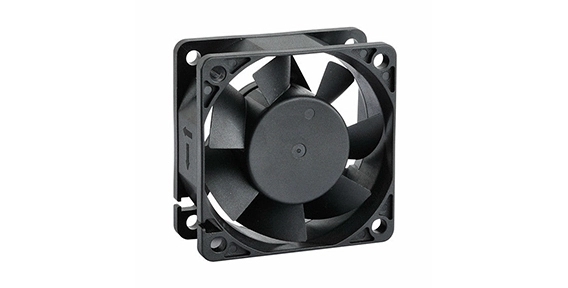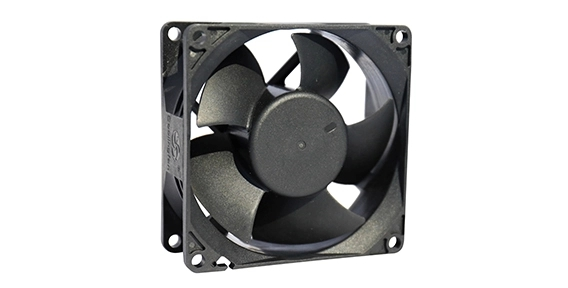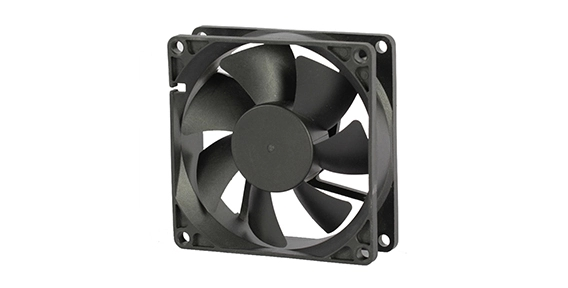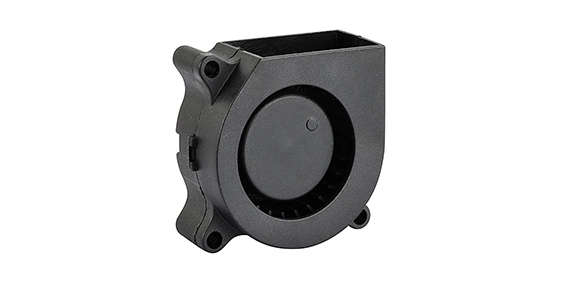In today's world where energy efficiency and environmental sustainability are of utmost importance, businesses and industries are constantly seeking ways to reduce their carbon footprint and save on energy costs. When it comes to fans, two popular options in the market are axial fans and EC (electronically commutated) fans. These fans have their own unique advantages and qualities, making it important to assess their cost-effectiveness, environmental impact, and lifespan and durability. In this article, we will delve into these aspects to help you make an informed decision for your specific needs.
Assessing the Cost-Effectiveness of Axial Fans and EC Axial Fans
One of the primary factors to consider while comparing axial fan and EC axial fan is their cost-effectiveness. Traditional axial fans are known for their affordability, making them a popular choice in various industries. However, EC axial fans, although slightly more expensive upfront, offer significant energy savings in the long run. With programmable speed control and highly efficient motors, they consume up to 70% less energy compared to conventional axial fans. This energy efficiency translates into cost savings as businesses experience reduced electricity bills over time. Therefore, it is important to weigh the initial cost against the long-term savings when deciding between axial fans and EC axial fans.

Evaluating the Environmental Impact of Axial Fans and EC Axial Fans
Environmental impact is a crucial aspect to consider in today's global push for sustainable practices. Axial fans, due to their lower energy efficiency, tend to consume more electricity and contribute to higher carbon emissions compared to EC axial fans in industrial axial fans. The electronically commutated motors used in EC axial fans not only reduce energy consumption but also minimize heat generation, resulting in lower overall environmental impact. Additionally, EC fans are often manufactured with recyclable materials, further reducing their carbon footprint. By choosing EC axial fans over traditional axial fans, businesses can actively contribute to a greener future.

Assessing the Lifespan and Durability of Axial Fans and EC Axial Fans
When investing in fans, it is important to consider their lifespan and durability as they directly impact maintenance and replacement costs. Traditional axial fans are known for their reliability and longevity. However, EC axial fans, built with advanced technology and superior components, often surpass the lifespan of their traditional counterparts. With advanced motor control systems, EC fans experience reduced wear and tear, resulting in longer operational life. This translates into fewer replacements and lower maintenance costs over time. Therefore, businesses looking for a long-term solution should consider the lifespan and durability of EC axial fans.
In conclusion, when comparing axial fans and EC axial fans, it is important to assess their cost-effectiveness, environmental impact, and lifespan and durability. While traditional axial fans offer affordability, EC axial fans provide significant energy savings, lower carbon emissions, and longer operational life. By considering these factors, businesses can make an informed decision that not only saves them money but also aligns with their commitment to sustainability. Make your choice wisely, and opt for an EC axial fan to maximize energy efficiency and minimize environmental impact.

 EN
EN 

 +
+
 +
+
 +
+



